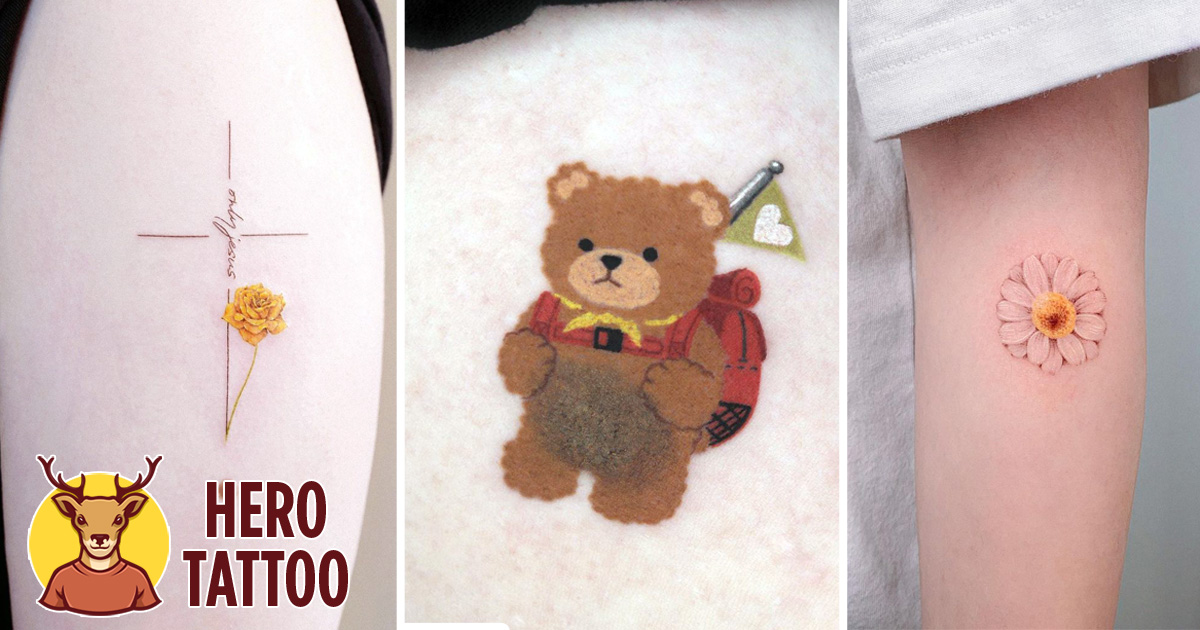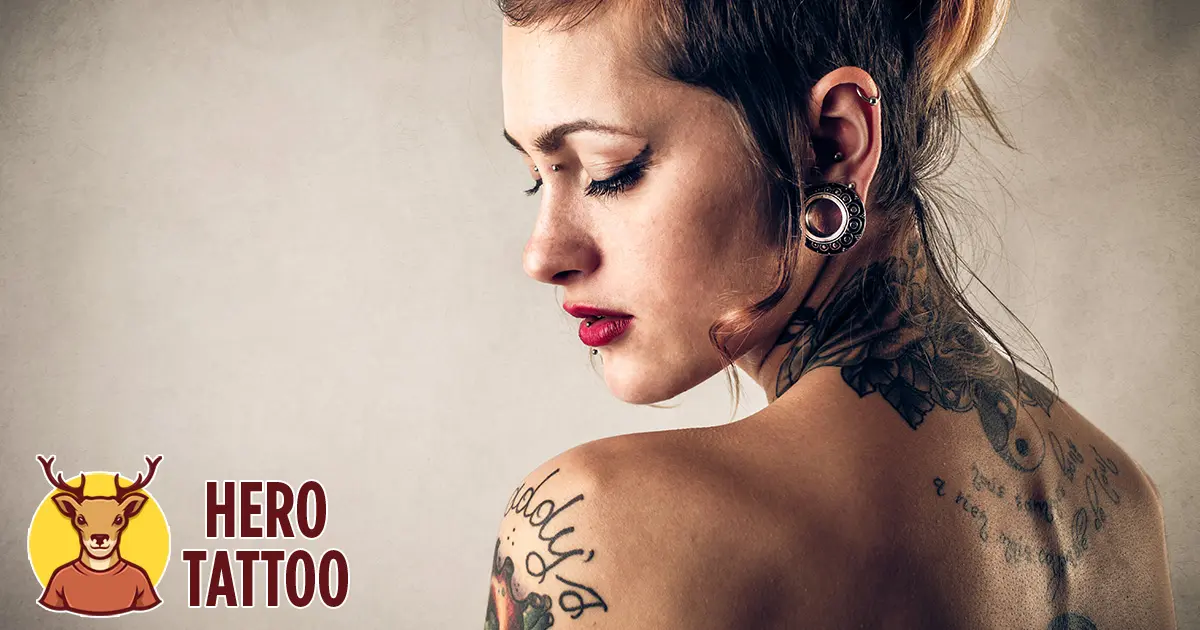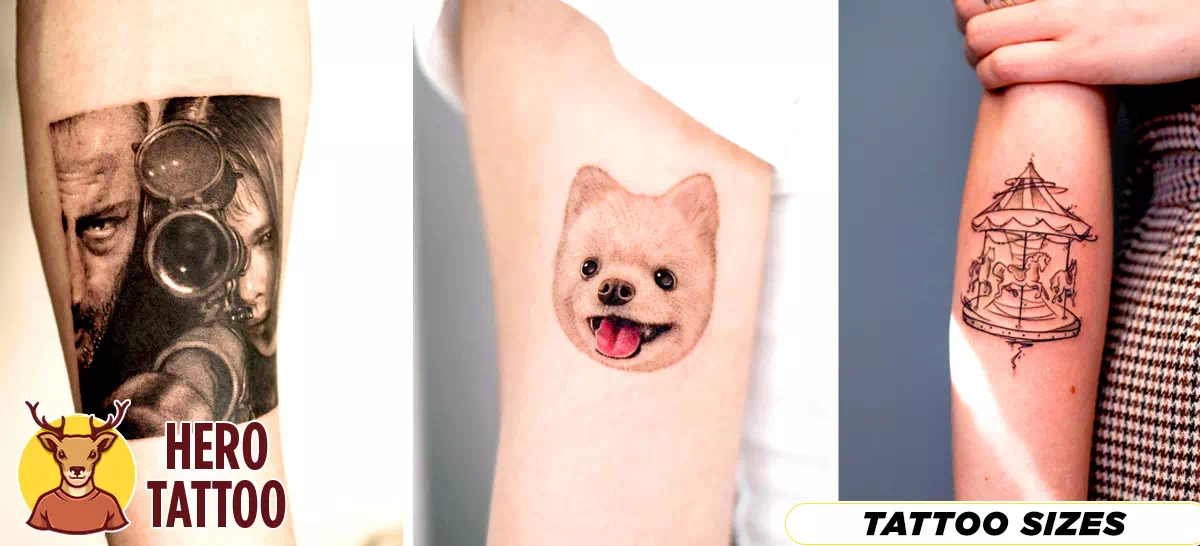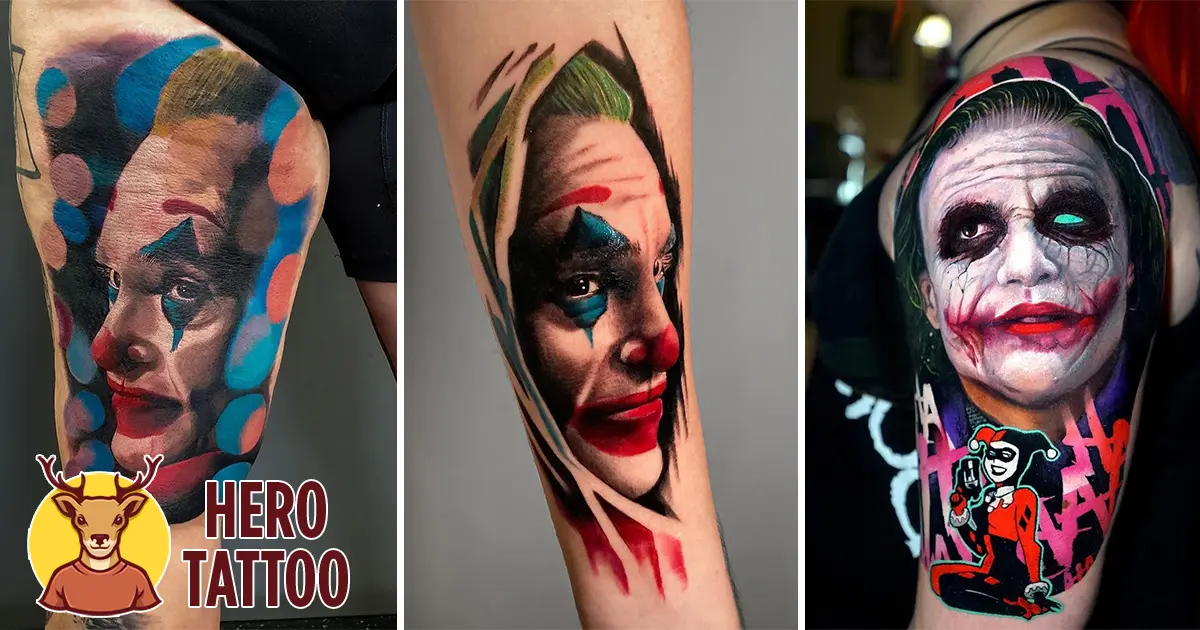A mole, a birthmark, or a freckle is something that almost everyone on the face of the world possesses. They might be slight or significant, hidden or noticeable, but these fantastic beauty marks exist on our bodies, and we adore them for who they are. According to the American Academy of Dermatology, the average adult has between 10 and 40 moles. Depending on where you’ve grown up and lived, you may be one of the 5 percent of people who also have freckles or birthmarks.
As a result, what occurs when you decide to get a tattoo in a region of your body where you have moles, birthmarks, or freckles is a little complicated. The fact that moles are so frequent means that it’s nearly impossible to avoid them altogether while having a tattoo done. But should you get such a tattoo in the first place, and what are the advantages and disadvantages of doing so?
If you’re contemplating these questions, you’ve arrived at the proper location. Throughout the following paragraphs, we’ll discuss the significance of these beauty marks and how they could influence your decision to get a tattoo. Consequently, please continue reading for more details.
Beauty Marks: An Explanation
Before discussing the problem of tattoos vs. beauty markings, we must first understand what those marks are and what they look like. So let’s go ahead and educate ourselves, shall we?
Moles

Melanocytes, which are skin cells, produce tiny clusters on the skin referred to as moles. These skin cells create melanin, which gives these moles their color and distinguishes them from the rest of the skin when compared to the rest of the skin. The amount of melanin present in the skin or mole determines how dark it is. On the other hand, moles tend to contain more melanin and be darker in color than the person’s normal skin tone.
Moles are relatively common in the body. An average adult can have between 10 and 40 moles on their body, while some people can have hundreds of miles on their body simultaneously (the highest number of moles is 600).
However, not every mole is created equal. Each person’s moles are unique in terms of size and shape and the period and age at which they occur on their skin. Accordingly, below are the most common types of moles to look out for:
- Congenital moles (also known as birthmarks) arise at the time of birth and are the most prevalent form of mole. Most of the time, these moles are in the tones between brown and pink or the colors of tank tops. Congenital moles might seem flat or elevated on the surface, and they don’t typically develop larger than 5 mm in diameter. Shape-wise, they can be round, oval, or even have a definite edge, depending on the material.
- Acquired moles (also known as common moles) form on the skin after you are born and continue to appear until you are 40 years old. They can start anywhere on the skin and are typically round or oval, with a single hue and a single shape (from brown, pink, or red to tan and skin-colored). Most people with fair complexions have between 10 and 40 acquired moles, with the majority having between 10 and 40. These moles have not altered in any way.
- Atypical moles (also known as dysplastic nevi) are frequently misdiagnosed as melanoma or malignant, yet they are not in most cases. Only 1 in 10,000 atypical moles turn into cancer.
These moles are not cancerous, but they can exhibit some of the same characteristics as melanoma. Therefore, they should be monitored regularly. Their irregular form and pebbled texture characterize atypical moles. They are more common in those with fair, pale skin exposed to UV radiation regularly.
Birthmarks

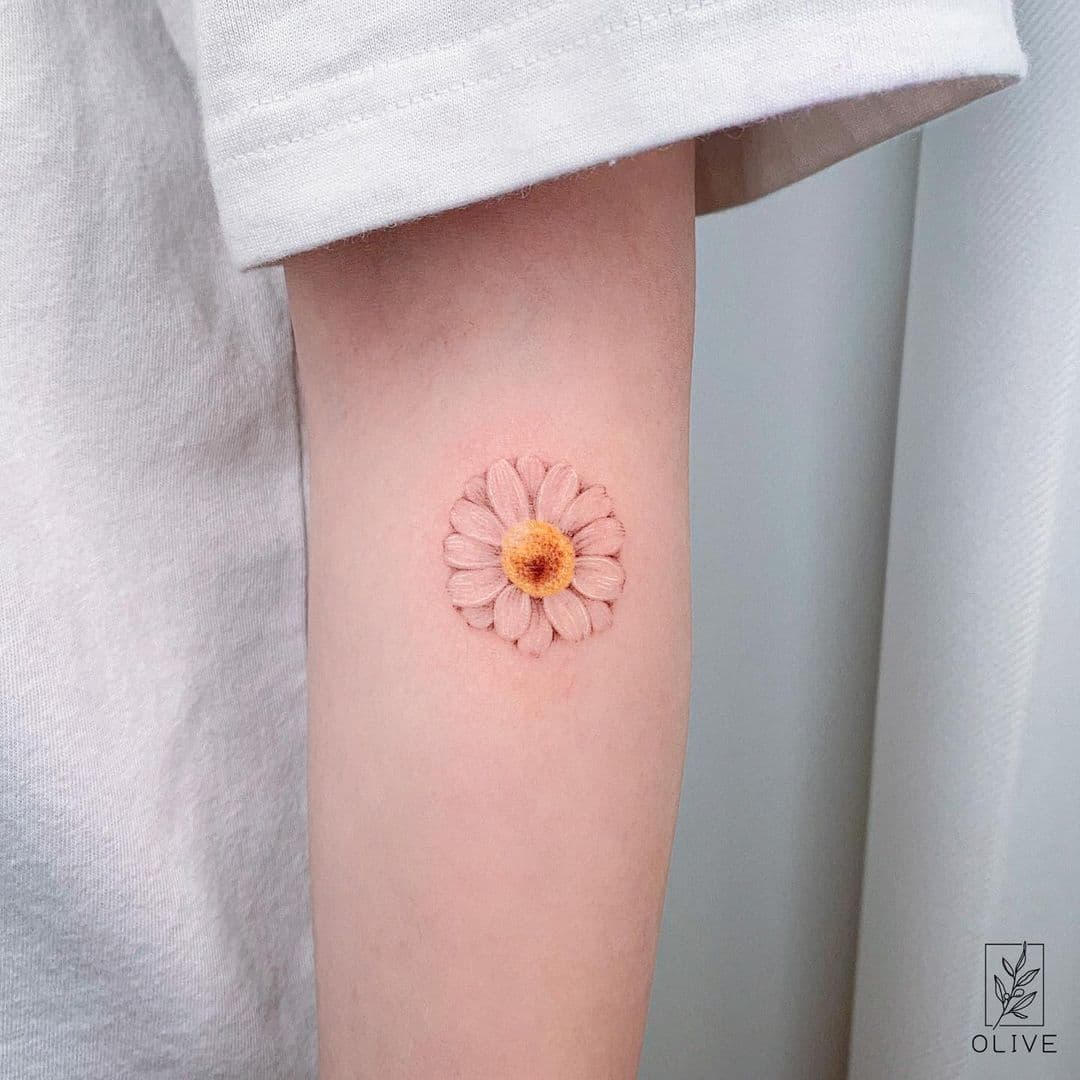
Birthmarks are caused by abnormalities in the blood vessels (veins, arteries, and capillaries) that develop over time. They are present at birth in between 30% and 50% of all newborns.These birthmarks are generally harmless, and in some situations, the birthmarks might fade on their own as the infant grows older and develops more muscles. Birthmarks can be classified into two categories:
- Pigmented birthmarks—similar to congenital moles, pigmented birthmarks form due to an accumulation of pigmented skin cells in a particular location. These birthmarks emerge at birth, and they may or may not be permanent.
- Vessel-related birthmarks: These birthmarks arise primarily due to abnormalities in vein growth and tend to grow in size as the infant grows. In contrast to pigmented birthmarks, vascular birthmarks are permanent and do not go away with time.
Freckles
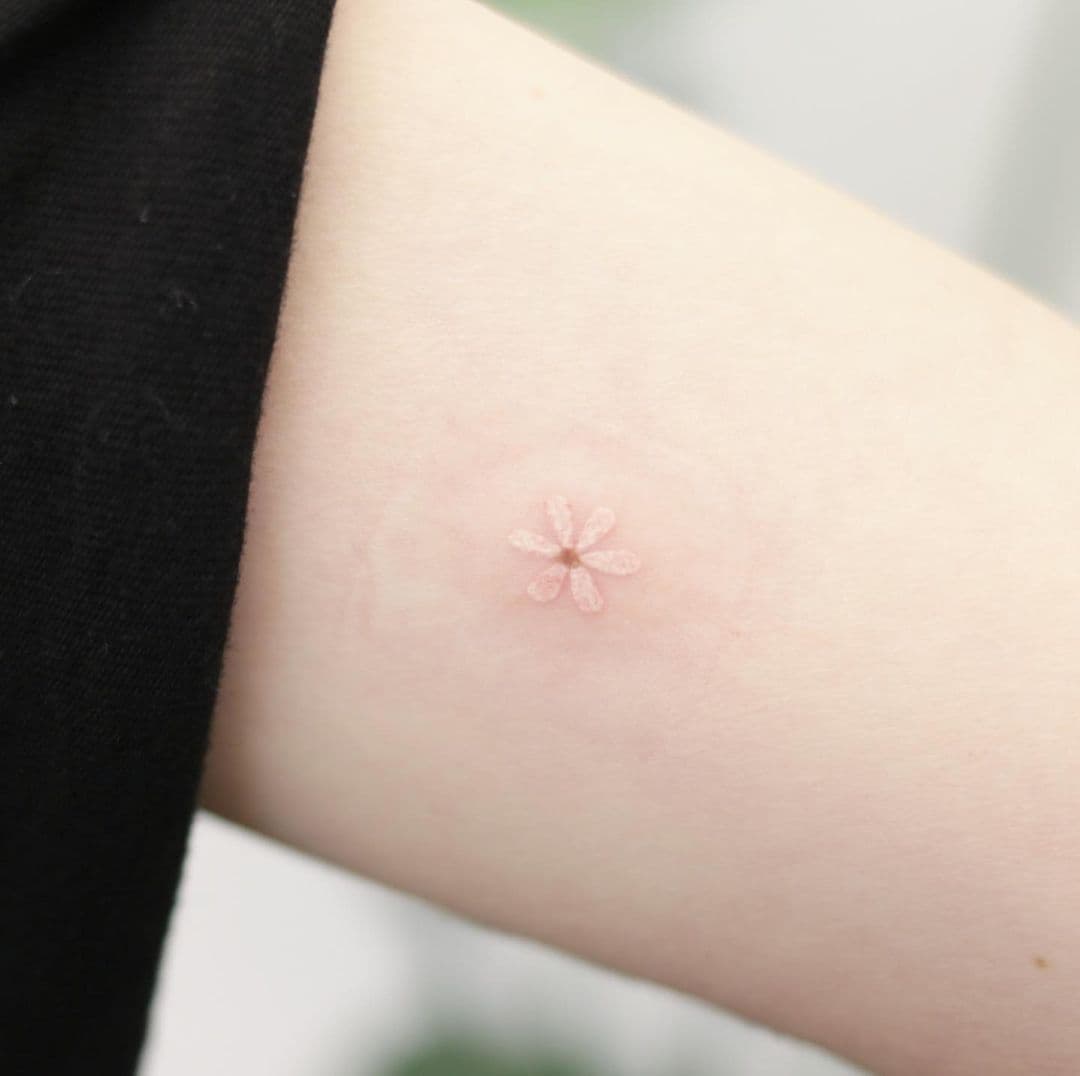
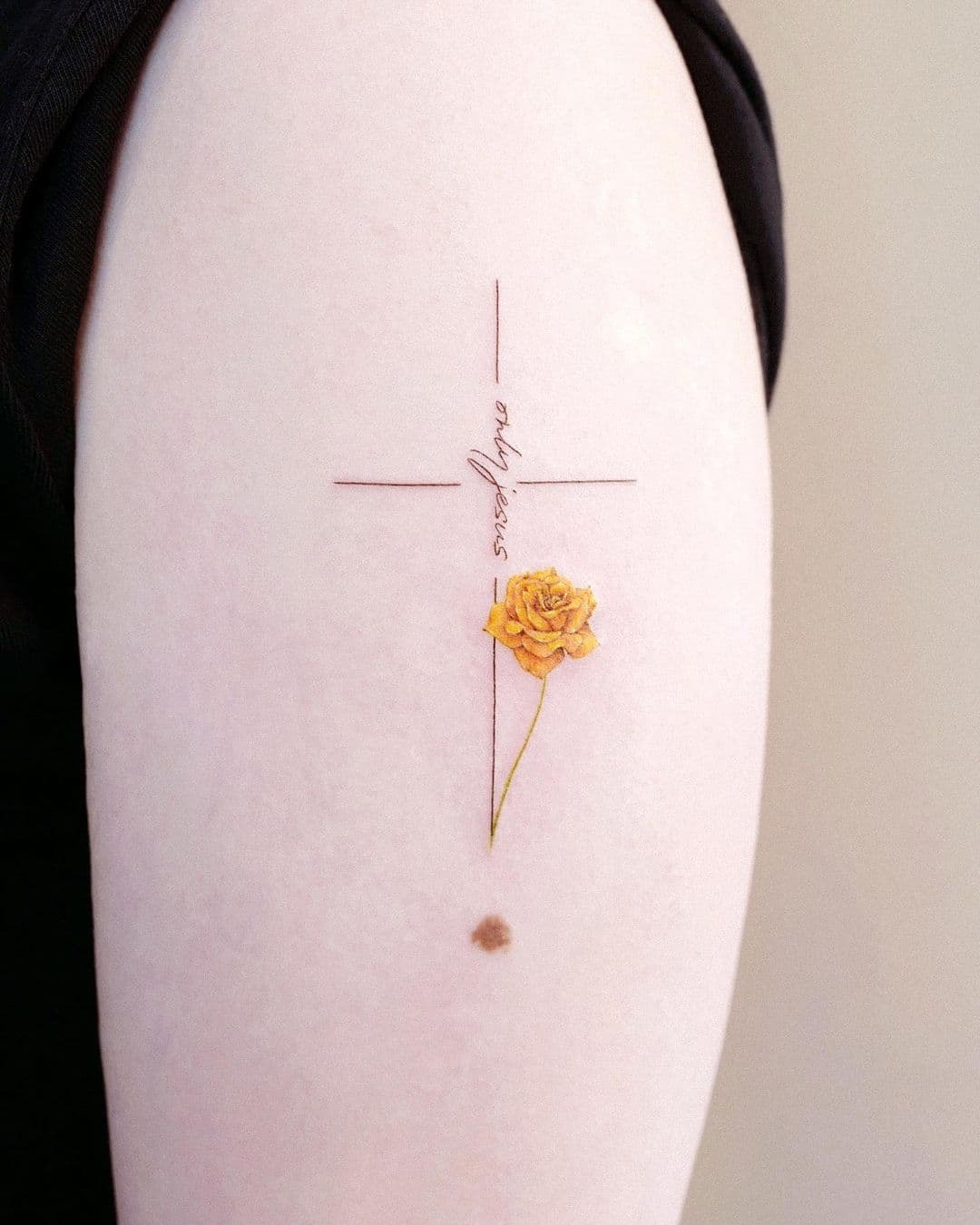
Freckles are tiny, flat, beige, or brown spots that appear due to excessive synthesis of melanin due to exposure to ultraviolet light. They are most typically found on the face, shoulders, arms, and upper back, among other places. In most people, freckles may be found beneath the eyes, around the nose, on the cheeks, and on the forehead, among other places. Freckles are also more common among people with red hair and a fair complexion, although this is not the only circumstance in which they emerge.
Freckles are often the same color as the surrounding skin, ranging from reddish to yellowish to light brown and black. When exposed to the light, they grow more noticeable and sometimes darker, and they lose their pigmentation throughout the winter months. Freckles are generally thought to be harmless.
Tattooing and the Use of Cosmetic Marks
In the case of moles, there are safety concerns
Having established what each sort of beauty mark is, let us discuss tattooing and whether or not it is safe in the case of moles.
- The Melanoma Concern is a non-profit organization dedicated to raising awareness about melanoma.
We all know that moles, regardless of their form, can become malignant lesions due to specific conditions such as excessive sun exposure, a sinful lifestyle, tobacco use, a weakened immune system, and so on.
As previously stated, moles are formed by melanocytes, which are responsible for the creation of melanin and the development of cancer due to their uncontrolled expansion. When exposed to UV rays in excess, melanocytes develop more quickly and begin to alter the product’s size, form, and even color as they mature.
Every year, more than 75,000 people in the United States are diagnosed with melanoma, sometimes known as skin cancer, and more than 9,000 people die as a result of the disease.
For this reason, getting a tattoo that covers moles may be pretty harmful. When ink is applied to a mole, it might be challenging to detect any changes in the mole that could indicate the presence of cancer early in the process. Tattoos make it impossible to examine the mole, and laser removal therapy might further break down the pigment contained within the mole, making evaluation much more difficult to do.
One particular example of such a situation involves a young man who wishes to get a tattoo removed through laser treatment. During the operation, the physicians noticed a weird mole inside the tattoo on his right arm, which they could not explain. It was necessary to get the mole removed for the therapy to proceed. After additional inspection, it came out that the mole was malignant and a stage II melanoma.
- The severe bruising and bleeding
As a tattoo needle penetrates the skin hundreds of times during a tattoo session, some blood may be drawn by chance throughout the procedure. When the hand enters a mole, the bleeding might increase from a bit to a significant amount. Consequently, the tattoo artist will most likely not be able to complete the tattoo, and the individual will require medical treatment as well.
Puncturing a mole can be a dangerous endeavor. In other circumstances, it is difficult to stop the bleeding, which might indicate skin cancer in rare cases. It is recommended that you have a dermatologist evaluate your mole if it continues to bleed.
- Problems with the design and use of color
When tattooing in a region with moles, it may be challenging for the tattooist to include them and select a color that matches the moles’ skin tone.
Many experienced tattooists are fully aware of the hazards that moles pose while tattooing, and they make every effort to avoid causing any form of health problem for themselves or their clients. They must work around the moles to accomplish this, making an already challenging job even more arduous.
It is necessary for the tattooist to apply the following color near to the mole but not too close to avoid health complications. Mole distorts the ink and absorbs it in a different way than usual. They can also change the color, tint, and tone of the tattoo while doing so, resulting in uneven tattoo boundaries.
It is highly recommended that you avoid having a tattoo in an area of the body with many moles to avoid tattooing issues and severe health hazards.
What Should You Do If You Have a Birthmark?
Earlier, we noted that birthmarks are comparable to moles, particularly the pigmented birthmarks, and that this is true. As a result, depending on the type of birthmark, some may be considered too dangerous to be included in the tattooing procedure, while others may not be.
For birthmarks, we recommend that you contact a dermatologist and inspect your birthmark to establish the type of birthmark you have. If a birthmark has not faded by age 18, it is likely to be persistent and may cause problems if it is not carefully inspected and treated.
And what about freckles? Are there any possible tattoos?
Tattooing over freckles is now deemed safe by the medical community. They are usually non-hazardous and do not create any problems with bleeding during the tattooing procedure itself. However, because freckles change color and pigment when exposed to the sun, they may impact the appearance of the tattoo during the warm and cold seasons.
Furthermore, the skin parts covered with freckles are more sensitive and uncomfortable than the rest of the skin. As a result, it is essential to pay close attention, particularly regarding tattoo post-care instructions. Sensitive skin is more susceptible to irritation, redness, soreness, and even infection than other skin types. The healing process should be as thorough as possible, and patience is required when dealing with freckled skin.
So, what is the best way to get tattooed when you have beauty marks?
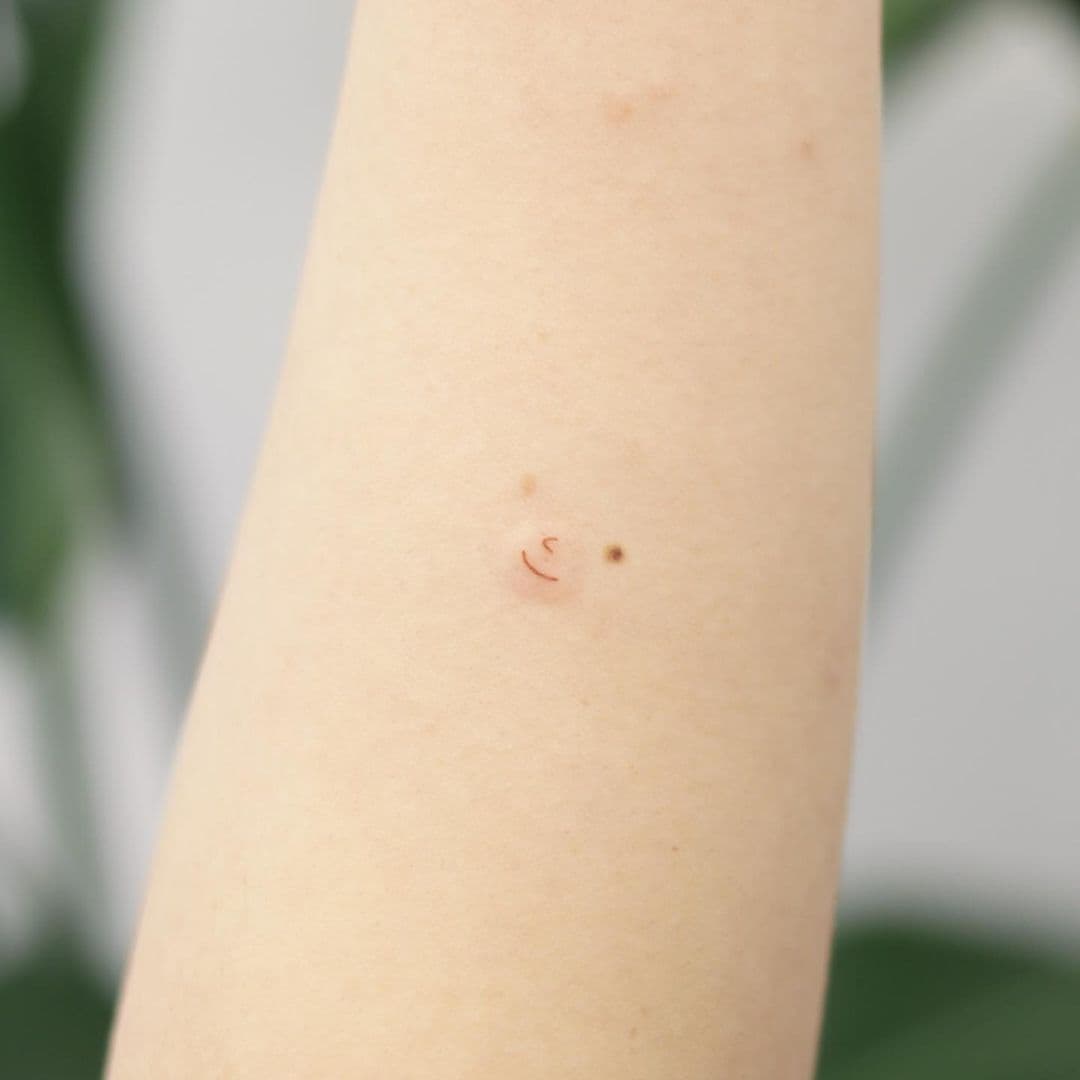
We feel that the following is the most effective method of getting a tattoo despite moles and birthmarks:
- By avoiding the mole-or birthmark-covered regions, you reduce your chances of developing any health problems in the future. Mole changes are critical markers of significant health issues. Therefore, it’s possible that you shouldn’t cover something that might alert you to the presence of an illness.
- On the other hand, with your moles or birthmarks integrated into a tattoo design, on the other hand, you have the best of both worlds: you aren’t disturbing the mole, and you also appreciate its aesthetic function on your body.
As a result, we propose incorporating the beauty marks into line and dot tattoos since they are not overly saturated with ink and color, making them ideal for this application. You don’t want to cover up your moles or birthmarks with intricate patterns or a lot of ink.
Also, before embarking on this trip, consult with your dermatologist and let them inspect your moles, birthmarks, and freckles, among other things. If you have any beauty marks, make sure you know about them since they can easily be confused with anything else.
Finally, remark that
It is usually a good idea to schedule an appointment with your dermatologist before getting a tattoo so that your skin and beauty marks may be examined. For future reference, if you have any reason to believe that your moles or birthmarks may be malignant, you can do a self-examination by following the “ABCDE” characteristics.
- Asymmetry is represented by the letter A, and it happens when a mole looks different on one side of the body than the other.
- B is an abbreviation for “border irregularity.” If the mole’s margin is disrupted and uneven, the diagnosis is B.
- The letter C stands for color variations when the mole is made up of various pigments such as brown, black, and red.
- D is an abbreviation for diameter; this number is employed if the mole is larger than 6 mm in diameter.
- A mole that has evolved will have changed dramatically in appearance, shape, and size due to the process.
More information may be obtained by seeing your medical practitioner, dermatologist, or tattoo artist. It is essential to inform your tattoo artist of any existing beauty markings you may have if you still want to get a tattoo despite having beauty marks.
